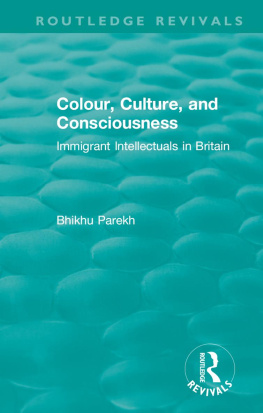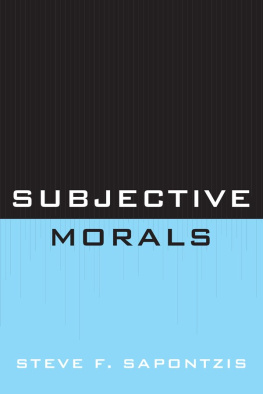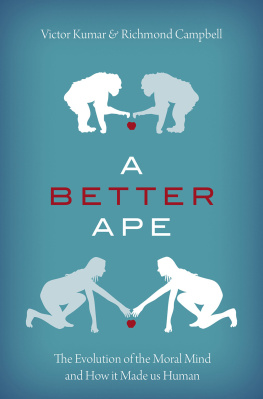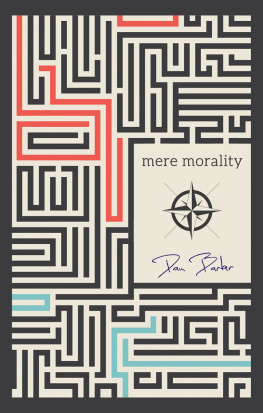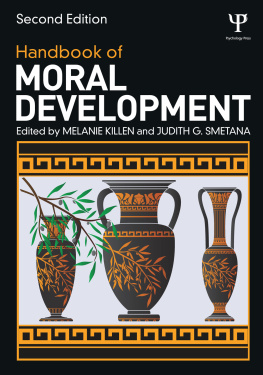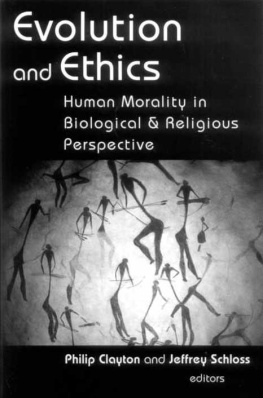I would like to thank my many teachers. These include my professors at Harvard and Edinburgh University, and my teachers at Gymnasium Oberwil, SIS Basel and Minerva-Volksschule. I also want to acknowledge the influence of the many philosophers of times past and present who have inspired many parts of this work.
Foreword
Of What This Block Is Anyway
The Zeroth part, because context is useful.
Ein System von Gedanken mu allemal einen architektonischen Zusammenhang haben, d.h. einen solchen, in welchem immer ein Theil den andern trgt, nicht aber dieser auch jenen, der Grundstein endlich alle, ohne von ihnen getragen zu werden, der Gipfel getragen wird, ohne zu tragen. Hingegen ein einziger Gedanke mu, so umfassend er auch seyn mag, die vollkommenste Einheit bewahren.
The Master said, I am a transmitter, rather than an original thinker. I trust and enjoy the teachings of the ancients. In my heart I compare myself to old Peng.
This text is a summary of my system of thought. It contains thinking on the nature of mind, of existence, and of ethics. It attempts to discern the nature of the Mind, what this says about its existence within the world, and finally what ethics might be constructed from there. The body of this text has a tripartite structure.
The first part serves to elucidate the nature of things. That is, it clarifies my ideas of what existence is and where and what I am in it. It aims to answer questions like those on the nature of reality, the mind, emotion, and the senses. Essentially, this volume is about what I can know as fundamental knowledge.
The second part takes these points and investigates their bearing on everyday existence. As such, it aims to answer questions concerning the nature of morality, of balance, of liberty, of choice and of responsibility, as well as other aspects of existing. As such, it establishes general principles and conclusions. Finally, this section establishes some basic principles of morality. Essentially, this volume is about what I can infer from what I know and what else may be observed.
The third part is devoted to extrapolating the implications of the previously established principles and developing them further. This section attempts to construct various tools for moral conduct, developing further from the previously established basic principles.
Essentially, this volume is about what I should do with the things I have established in the previous volumes.
The purpose of this text is to translate thoughts into words. However, it thus also has the obvious limitation of being a product of one mind. Hence, it is thoroughly bound to and limited by my perspective. All the inferences, truths, and beliefs it contains are entirely subjective. That is, this text is a mirror through which I see my thoughts. By studying their reflection, I aim for clearer understanding. Thus, this text is my Mirror of Meditations.
1 Arthur Schopenhauer, Die Welt als Wille und Vorstellung, 1818/19, P.1
2 The Analects of Confucius, 7, 1
Volume I
The Nature of Things
The first part, on the nature of things which one must know true.
As the first part of this work, the following chapters investigate fundamentals. Their concern are existence and reality, the mind and consciousness and other basic principles. Its aim is to establish a coherent understanding of reality, of the minds place in it, of what can be known, of what the self is, and of what others are. The concern of this volume is to see what parts exist and how to understand them, in line with the path to comprehension outlined previously. For this reason, I begin here by examining the obvious things about life and the attached strings general principles.
With this being the purpose of this volume, the first things that must be understood are the very tools used to understand. One who does not understand the tools cannot hope to wholly understand their products to comprehend a whole one must ideally understand its parts first. Thus, deconstruction and investigation of each component is the main concern of this first volume.
The general method followed in this volume consists of two parts. First, this volume investigates the tools of understanding themselves. Thus, the first several chapters examine the mind and its accessories. Second, this volume examines existence in general as it is presented to us through the senses. That is, in the second part that which is understood with the tools from the first part is examined. Through these means a general understanding of existence and its implications is attempted.
The main tool used to develop understanding used in this volume is, as elsewhere, thought. In the first chapter, this thinking uses a method alike that employed by Ren Descartes. That is, thought is employed as introspection that attempts to remove all external factors and study the mind from within, in isolation.
After all, before anything else can be done, two things must be demonstrated. These are existence and the mind. Existence must be demonstrated so any other thing can be demonstrated. Mind must be demonstrated so that means are available by which to demonstrate. Thus, let us now proceed to examine the Mind.
3 Rene Descartes, Meditations on First Philosophy, Translator, Donald A. Cress, Hackett Publishing Company (1993), P. VII, 18
Chapter I
Thinking and Existence
Can there be a question without a thinker to ask it? Is there Thinking? The question is moot, for by existing, it answers itself.


